83 environmental defenders complete regional training to protect the Mesoamerican Great Forests
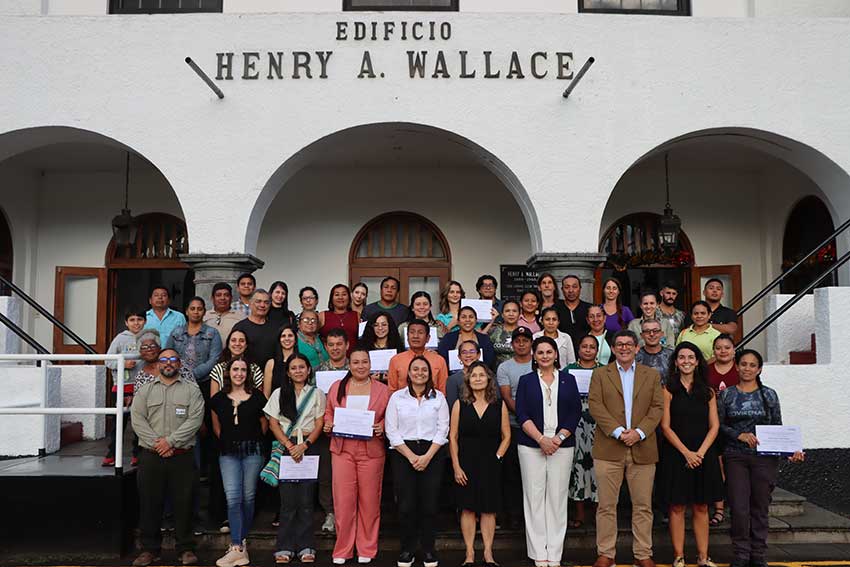
- A strategic alliance between IUCN and CATIE, with financial support from the European Union and Sweden, to turn the commitment of the Mesoamerican Great Forests Program into a territorial reality.
With the participation of 83 environmental human rights defenders from 42 territories, the Training Program on Environmental Human Rights and the Protection of the Mesoamerican Great Forests (GBM) concluded. This initiative was developed within the framework of the Weaving Networks for Conservation, Rights and Environmental Justice Project, co-financed by the European Union and Sweden, as part of the Mesoamerican Great Forests Program, and implemented by the International Union for Conservation of Nature (IUCN) and CATIE (Tropical Agricultural Research and Higher Education Center).
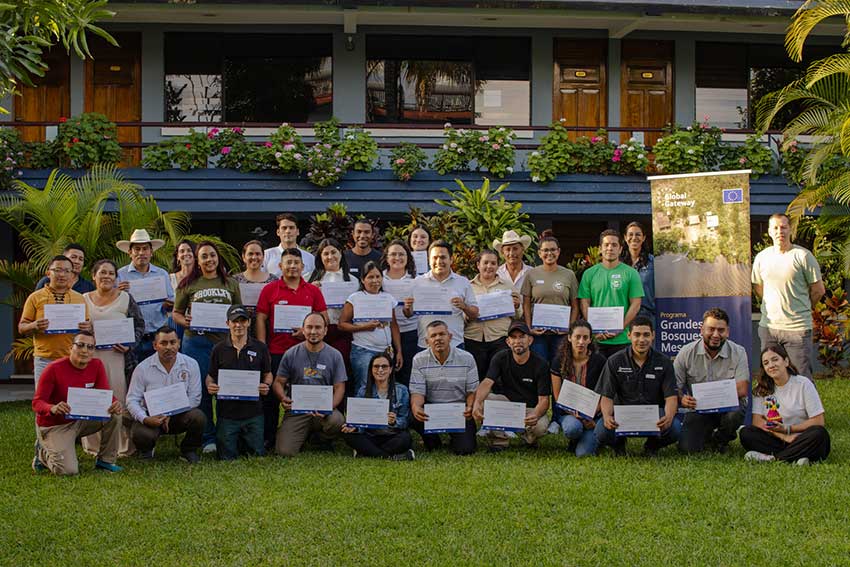

The process concluded on November 21 with a closing ceremony and certificate presentation at CATIE’s campus for representatives of La Amistad and Tortuguero forests, both in Costa Rica. Weeks earlier, on November 7, a similar ceremony was held in Esquipulas (Guatemala) for participants from El Trifinio (El Salvador, Guatemala, and Honduras). Defenders from the Indio Maíz and La Moskitia territories, as well as Nicaraguan refugees currently residing in Costa Rica, also participated.
Training to strengthen rights, governance, and protection
The program consisted of three in-person modules (24 hours in each territory), specifically designed to strengthen the capacities of environmental defenders according to the guidelines of the Escazú Agreement and the local needs diagnosed at the beginning of 2025.
The first module delved into national, international and customary legal frameworks related to environmental human rights and provided tools to support territorial defense work. The second module introduced technical knowledge on forests, community monitoring, environmental governance, and sustainable livelihoods, integrating technological tools for local use and participatory methodologies. The third module, conducted with the support of the Legal Clinic of the Universidad Iberoamericana de Puebla, strengthened the ability to identify risks, manage threats, and apply protection approaches based on human rights, gender, and collective care.
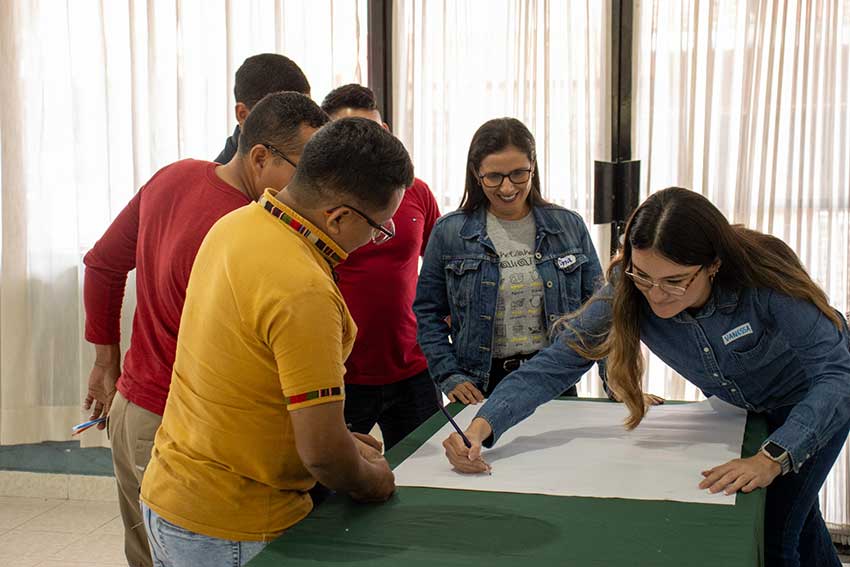
During the sessions, participants shared experiences from their territories, learned to use digital forest monitoring platforms, and carried out exercises on stakeholder, risk, and governance analysis. These spaces allowed for the combination of scientific knowledge and traditional wisdom, integrating Indigenous and community worldviews into forest management.
“This course allowed us to more deeply understand the dimension of human rights and their close relationship with environmental rights. Understanding the context and vulnerabilities of defenders opens new perspectives on the actors we need to connect with in order to fulfill the mission of protecting our forests. My greatest learning is that, many times, we do not even know each other among those who share the same cause, and establishing a common foundation in human and environmental rights is essential for our territories to thrive and remain healthy. That is the message I want to bring back to my community,” said Andrés Augusto González, head of citizen participation and governance at the Tortuguero Conservation Area of the National System of Conservation Areas (SINAC) of Costa Rica.
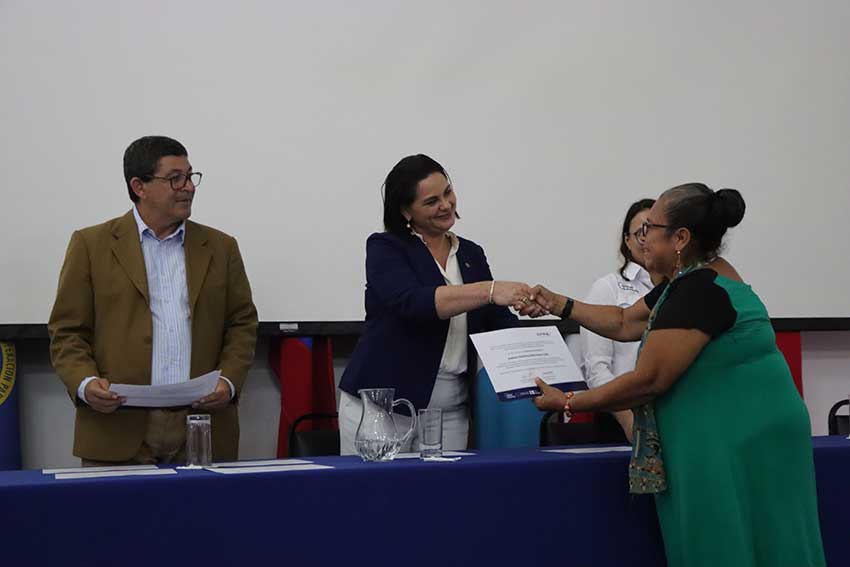
Likewise, Arlin Layan Hernández, participant from the Bribri Indigenous community of Talamanca, commented that the training was an invaluable learning experience: meeting people from other territories, sharing experiences, and discovering that we share the same commitment to forests and nature. “In addition, the technological tools we learned to use will be very useful to strengthen different community activities,” she concluded.
For her part, Damaris Vargas, Vice President Magistrate of the Supreme Court of Justice of Costa Rica, stated that training processes like this are an urgent task for the country. “The collaboration between academia, public institutions and, above all, human rights defenders is essential. Strengthening their capacities allows them to know how to protect themselves, where to go, and which paths to follow. It also reinforces awareness of their role as defenders and reminds us of the responsibilities the Costa Rican State has to accompany, protect, and guide them in their work,” said the Magistrate.
Territories and collaborations that made the process posible
The program was implemented in four major forest blocks: La Amistad, Tortuguero, El Trifinio, Indio Maíz, and La Moskitia. Its design was based on stakeholder mapping and diagnostic meetings held in Panama, Guatemala, and Costa Rica, where governmental institutions, Indigenous networks, community organizations, and key local representatives participated.
Thanks to these collaborations, it was possible to develop a training process that was relevant and adapted to each territory, which enhanced the participation of Indigenous development associations, organizations of women environmental defenders, park rangers, and various local actors. In total, more than 120 people —including participants and organizational representatives— were directly or indirectly involved in the training activities.
Nazareth Porras, Project Officer of the European Union, stated that during the modules, she listened to defenders in a trusting environment, where they shared their experiences and challenges. “That generates invaluable cross-learning. An initiative like this brings together people deeply committed to the environment, coming from different territories, but all connected to the forests. That exchange of knowledge, of how they face and overcome complex situations, is key both for them and for us,” she affirmed.
Regional impact and next steps
“The results show a significant strengthening of local capacities related to governance, monitoring, sustainable livelihoods, and threat management. Defenders expressed their commitment to replicate the learnings in their communities, a process that will be supported in 2026 through educational materials and technical assistance,” said María Sol González, specialist in Human Rights, Environmental Rights and Forest Equity at CATIE, who has been part of the process.
For next year, the program will expand to new territories: Selva Maya, Darién, and La Moskitia. In addition, virtual and hybrid courses will be developed for those who directly support the work of Environmental Human Rights Defenders (local officials, community organizations) as well as actors at the macro level (national institutions, decision-makers, and international actors).
As part of the Mesoamerican Great Forests Program, Weaving Networks is committed to capacity building, the protection of defenders, and the creation of safer and more just environments for those who safeguard Mesoamerica’s ecosystems.
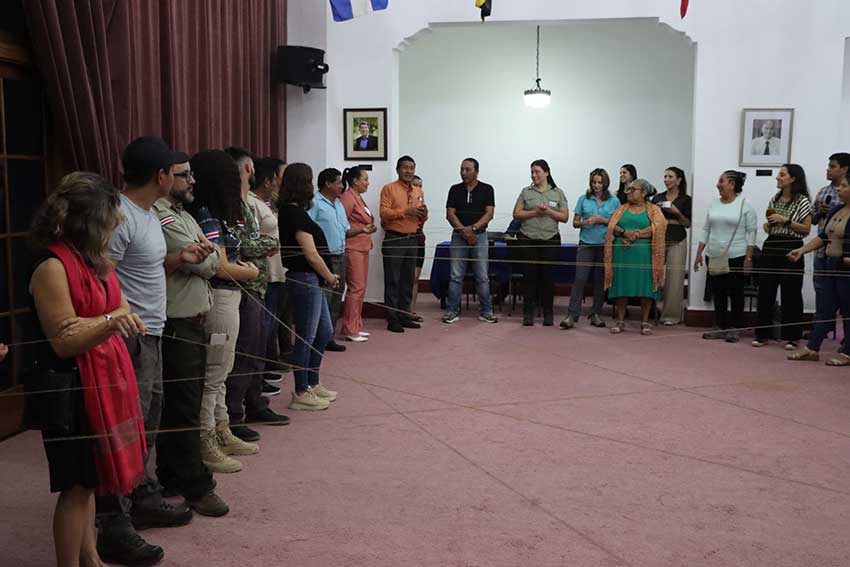
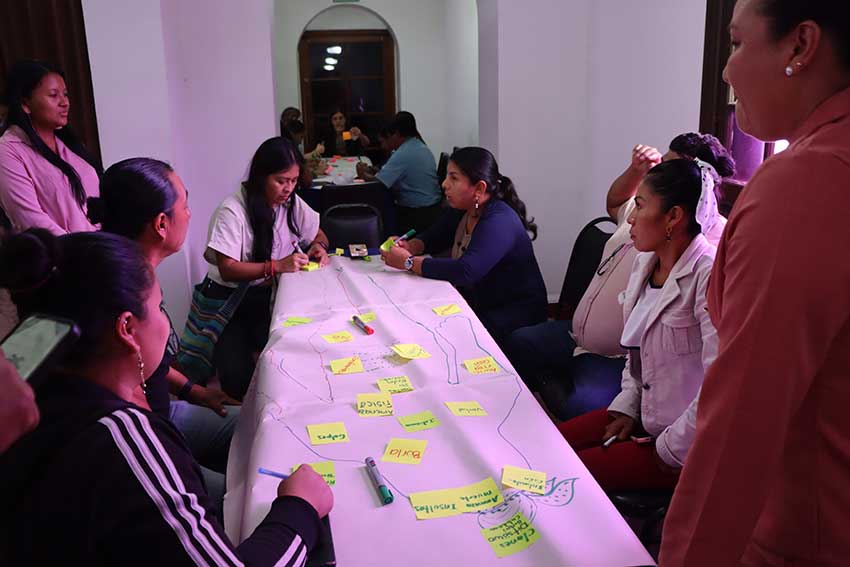
More information:
Dra. Leida Mercado
Project Lead, Weaving Networks
CATIE
lmercado@catie.ac.cr
María Sol Gonzalez Sañudo
Specialist in Human Rights,
Environmental Rights and Forest Equity
CATIE
sol.gonzalez@catie.ac.cr
Written by::
Karla Salazar Leiva
Communicator
Communications and Marketing Office
CATIE
karla.salazar@catie.ac.cr



